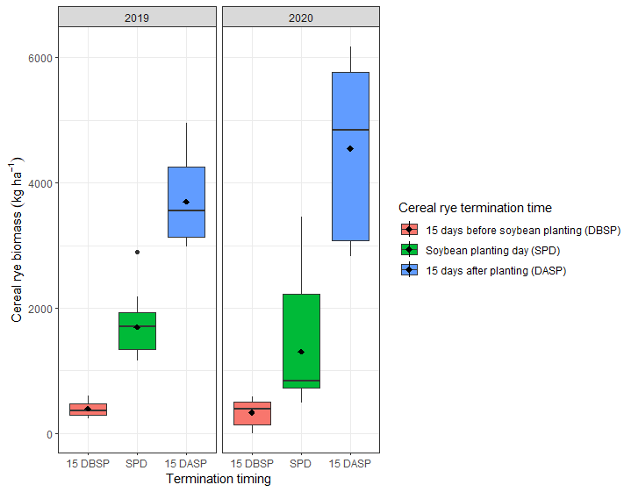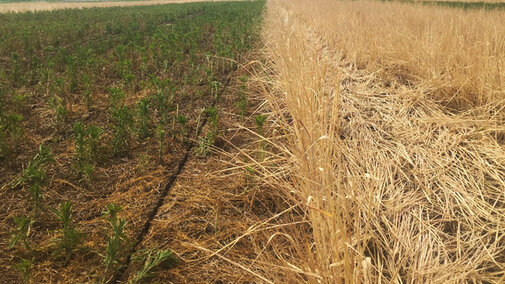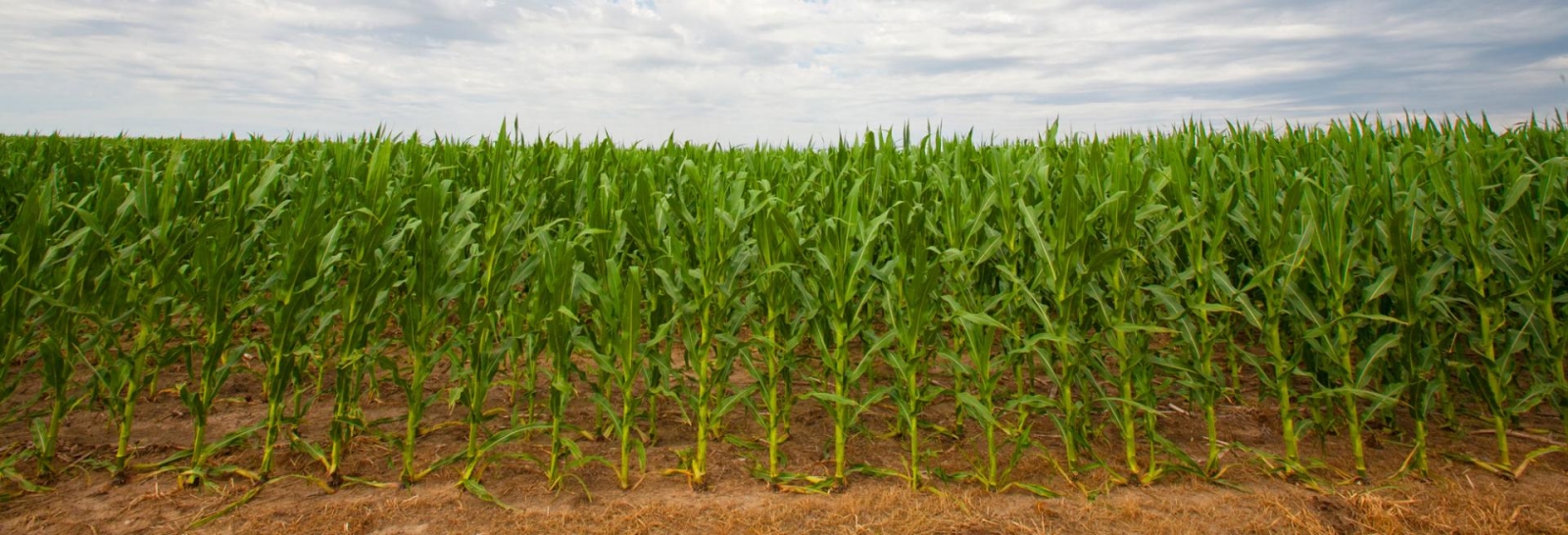Fall-planted cover crops — especially cereal rye — have gained popularity among growers in Nebraska and across the Midwest. Many farmers are using cereal rye to improve soil health, reduce erosion and suppress winter annual weeds and early-season summer annual weeds in soybean fields. A key challenge in cover crop systems is how and when to terminate the cereal rye, especially when planting soybean shortly after.
Why This Research Matters
Glyphosate is the most used herbicide for terminating cereal cover crops such as cereal rye. In 2022, glyphosate availability was limited, prompting growers to look for alternative herbicides that could effectively terminate cereal rye. Glyphosate has traditionally been the go-to option for termination, but with increasing herbicide shortages and the evolution of glyphosate-resistant weed concerns, understanding alternative options is critical.
To support Nebraska growers, we conducted field trials from 2018 to 2020 at the South Central Agricultural Laboratory near Clay Center, Nebraska to evaluate ACCase-inhibiting herbicides as alternatives to glyphosate for cereal rye termination. We also assessed how termination timing affects weed suppression and soybean yield.
Study Overview
We compared five herbicide options — including glyphosate and several ACCase-inhibitors such as quizalofop (Assure II), fluazifop/fenoxaprop (Fusion), fluazifop (Fusilade DX), and clethodim (Select Max) — applied at three timings:
- 15 Days Before Soybean Planting (15 DBSP)
- At Soybean Planting Day (SPD)
- 15 Days After Soybean Planting (15 DASP)
We measured how well these products controlled cereal rye, impacted weed populations (especially Palmer amaranth), and influenced soybean stand and yield.
Key Findings
1. Herbicide Performance
- Clethodim (Select Max) was less effective than other herbicides. It controlled cereal rye 77% at 15 DBSP, but dropped to 66% at planting and just 31% at 15 DASP.
- In contrast, fluazifop (Fusilade DX), quizalofop (Assure II), and fluazifop/fenoxaprop (Fusion) consistently provided more than 92% control of cereal rye at all timings — similar to glyphosate (Roundup PowerMax).


2. Rye Biomass and Timing Matter
- Cereal rye biomass increased significantly the later it was terminated.
- In 2020, biomass was 295 lb/acre at 15 DBSP but grew to 4,060 lb/acre by 15 DASP.

3. Weed Control Impact
- Later termination improved weed suppression (especially Palmer amaranth).
- Palmer amaranth control was 70% (15 DBSP), 88% (SPD), and 96% (15 DASP). Delaying cereal rye termination 15 DASP reduced soybean yield by 50%.
What This Means for Growers
- Plan to terminate cereal rye at or before soybean planting — this provides a balance between weed suppression and protecting soybean yield.
- If you’re looking for glyphosate alternatives, products like fluazifop or quizalofop are viable options, but be cautious with clethodim, especially if termination is delayed.
- Monitor biomass levels — more mature rye is harder to terminate and may interfere with soybean emergence or performance.
Bottom Line
- With more growers moving toward cover crops, fine-tuning your termination strategy is an important step toward long-term success.
- Results of this study showed that, except for clethodim (Select Max), ACCase-inhibiting herbicides evaluated in this study (Assure II, Fusion, and Fusilade DX) were as effective as glyphosate (Roundup PowerMax) for terminating cereal rye in soybean regardless of the termination timing.
- Delaying cover crop termination to soybean planting day or 15 days after soybean planting (DASP) resulted in increased cereal rye biomass production and greater Palmer amaranth and foxtail suppression compared to 15 days before soybean planting (DBSP) termination timing and conventional treatment without cereal rye cover crop; however, it is important to note that there might be a yield penalty associated with delayed cereal rye termination.
Reference
- de Sanctis JH, Jhala AJ (2025) Evaluating glyphosate alternative acetyl-coA carboxylase (ACCase)-inhibiting herbicides and their application timings to terminate cereal rye (Secale cereale) in soybean. Weed Technology 39(e42):1-10.

